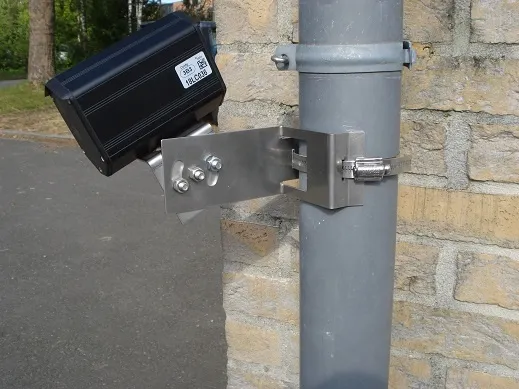The Virginia Department of Transportation (VDOT) has selected TransCore to design and build its I-66 ATM (Active Traffic Management) system on northern Virginia’s main highway into the District of Columbia - one of Virginia’s most congested interstates.
April 23, 2013
Read time: 2 mins
The 1747 Virginia Department of Transportation (VDOT) has selected 139 Transcore to design and build its I-66 ATM (Active Traffic Management) system on northern Virginia’s main highway into the District of Columbia - one of Virginia’s most congested interstates.
TransCore will provide turnkey ITS design, construction, integration and testing services for the program. Once complete, operation of the system will be managed by the Virginia DOT Public Safety Transportation Operations Center, which will monitor traffic and roadway conditions around the clock, collecting data via equipment such as vehicle detection sensors, closed-circuit television cameras, lane control signal systems, adaptive ramp metering, enhanced detection and camera systems, lane management systems, and queue warning systems.
Meanwhile, the Santa Clara Valley Transportation Authority’s (VTA) State Route 237 Express Lanes, for which TransCore serves as lead integrator, received the 2012 Transportation Project of the Year Award from the San Francisco Bay Area Institute of Transportation Engineers (ITE) for being a key benefit to the public by providing commuters with an additional travel option.
This project utilises TransCore’s unique combination of traffic management and toll systems expertise and includes development of the system software as well as design and installation of AVI equipment, dynamic message signs, traffic monitoring detectors and CCTV cameras.
TransCore will provide turnkey ITS design, construction, integration and testing services for the program. Once complete, operation of the system will be managed by the Virginia DOT Public Safety Transportation Operations Center, which will monitor traffic and roadway conditions around the clock, collecting data via equipment such as vehicle detection sensors, closed-circuit television cameras, lane control signal systems, adaptive ramp metering, enhanced detection and camera systems, lane management systems, and queue warning systems.
Meanwhile, the Santa Clara Valley Transportation Authority’s (VTA) State Route 237 Express Lanes, for which TransCore serves as lead integrator, received the 2012 Transportation Project of the Year Award from the San Francisco Bay Area Institute of Transportation Engineers (ITE) for being a key benefit to the public by providing commuters with an additional travel option.
This project utilises TransCore’s unique combination of traffic management and toll systems expertise and includes development of the system software as well as design and installation of AVI equipment, dynamic message signs, traffic monitoring detectors and CCTV cameras.







